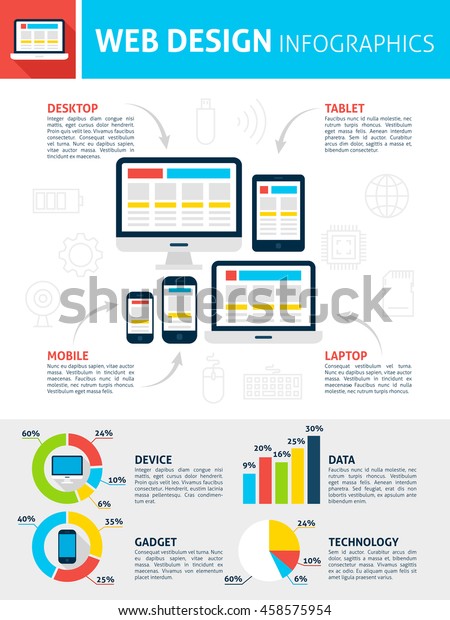The Development Of Site Style: From Past To Present
The Development Of Site Style: From Past To Present
Blog Article
Writer-Carstens Bowles
In the past, websites were easy and focused on information. Navigating was straight, and style was for desktop computers. Now, customer experience is crucial. https://seoplugins95162.bligblogging.com/30419400/regional-seo-providers-what-every-small-business-proprietor-demands-to-know guides designs for easy navigation. Responsive layouts match various devices. Today, dark mode lowers pressure, and minimal food selections boost navigation. Interactive functions involve users, and vibrant visuals attract attention. AI combination increases engagement. See how layout has actually advanced to improve your online journey.
Early Days of Web Design
In the very early days of website design, simpleness preponderated. Internet sites were standard, with limited colors, font styles, and designs. The emphasis was on providing info rather than showy visuals. Individuals accessed the net with slow-moving dial-up connections, so rate and performance were crucial.
Navigation menus were straightforward, typically situated on top or side of the web page. Internet sites were developed for desktop, as mobile browsing wasn't yet common. Web content was king, and designers prioritized simple readability over complicated style components.
HTML was the primary coding language made use of, and designers needed to work within its restrictions. Animations and interactive features were marginal contrasted to today's criteria. Sites were fixed, with little vibrant content or customized individual experiences.
Surge of User-Focused Design
With the evolution of website layout, a shift in the direction of user-focused design concepts has become significantly popular. Today, producing websites that focus on user experience is essential for engaging visitors and achieving business goals. User-focused style entails understanding the demands, choices, and habits of your target market to tailor the internet site's layout, web content, and features accordingly.
Designers now perform comprehensive research, such as customer studies and usability testing, to collect understandings and feedback straight from users. This data-driven strategy assists in creating instinctive navigating, clear calls-to-action, and visually attractive interfaces that resonate with site visitors. By putting the customer at the center of the style process, sites can provide an extra individualized and enjoyable experience.
Receptive design has actually additionally become a crucial element of user-focused layout, making sure that websites are enhanced for different gadgets and screen sizes. This adaptability enhances access and usability, accommodating the varied means individuals interact with internet sites today. Fundamentally, the increase of user-focused design signifies a change towards developing electronic experiences that focus on the needs and assumptions of completion customer.
Modern Trends in Web Design
Explore the current fads shaping web design today. https://b2bmarketingwebsite74951.luwebs.com/30467112/boost-your-online-presence-with-knowledgeable-website-design-methods is dark mode style, using a sleek and contemporary appearance while minimizing eye stress in low-light settings. Another key trend is minimal navigating, streamlining menus and enhancing customer experience by concentrating on essential elements. Including micro-interactions, such as animated buttons or scrolling impacts, can develop an extra engaging and interactive web site. Receptive style remains critical, making certain smooth user experiences throughout various tools. Additionally, using bold typography and unbalanced formats can add aesthetic passion and draw attention to details material.
Integrating AI innovation, like chatbots for customer support or customized referrals, boosts customer involvement and streamlines procedures. Ease of access has additionally come to be a substantial pattern, with developers prioritizing comprehensive style practices to accommodate varied individual requirements. Accepting sustainability by optimizing web site performance for rate and effectiveness is one more emerging trend in website design. Working together with customer feedback and information analytics to iterate and improve style continually is important for remaining relevant in the ever-evolving digital landscape. By welcoming these modern trends, you can produce a visually enticing, user-friendly web site that reverberates with your target market.
Verdict
As you assess the development of website design from the early days to now, you can see just how user-focused style has become the driving pressure behind contemporary fads.
Embrace the trip of change and adaptation in web design, constantly maintaining the customer experience at the leading edge.
Stay current with the most recent fads and technologies, and never quit advancing your technique to produce visually magnificent and user-friendly web sites.
Progress, adapt, and produce - the future of web design remains in your hands.
